Top Things to Know Before Buying a Smart Indoor Garden
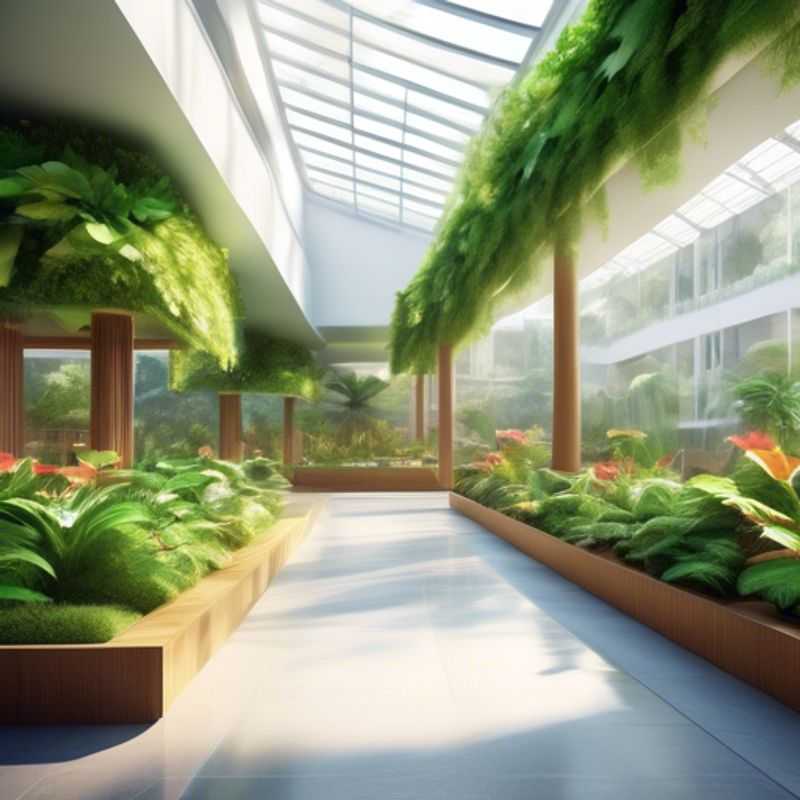
Top Things to Know Before Buying a Smart Indoor Garden: A Guide for Green Thumbs
Growing your own food indoors is a rewarding experience, and smart indoor gardens offer a convenient and efficient way to do it. But before you jump into the world of automated gardening, there are some key things to consider.
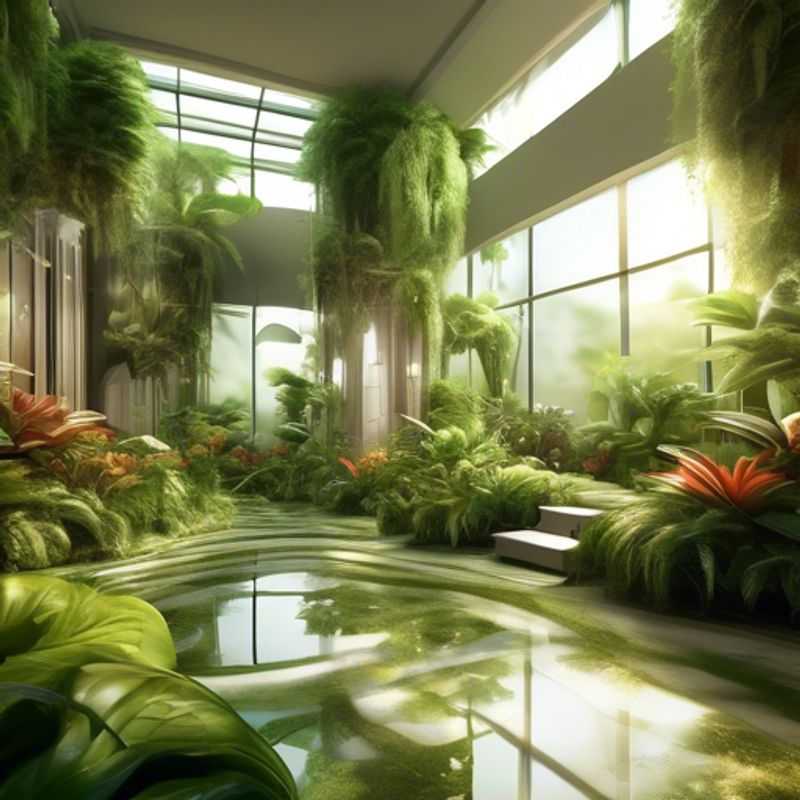
Unlocking Plant Growth: Understanding Specific Requirements
Before you embark on the exciting journey of growing your desired plants, it's crucial to understand their individual needs. Just like humans, plants have unique requirements for thriving. Knowing these needs ensures your success and allows you to provide the optimal environment for your green companions.
To understand the specific requirements of your chosen plants, consider these fundamental factors:
Light: Plants rely on sunlight for photosynthesis, the process by which they produce energy. Research the amount of sunlight your plants need – some thrive in full sun, while others prefer shade. This will determine the ideal location for them, whether it's a sunny windowsill or a partially shaded corner of your garden.
Water: Water is essential for plant growth. Different plants have different water needs, some require frequent watering, while others prefer drier conditions. Overwatering can be detrimental, leading to root rot, so understanding the water requirements of your plants is critical.
Soil: Soil provides the foundation for plant growth, supplying nutrients and anchoring the roots. Different plants have preferences for soil types – some prefer acidic, while others thrive in alkaline soil. You can adjust soil pH if necessary to suit your plants' requirements.
Temperature: Just like humans, plants have ideal temperature ranges. Some thrive in warm climates, while others prefer cooler temperatures. Ensure that your plants are exposed to temperatures suitable for their growth.
Nutrients: Plants require a range of nutrients for healthy growth. These can be provided through fertilizers or natural soil amendments.Research the specific nutrient needs of your chosen plants to ensure they receive the necessary nourishment.
By understanding these specific requirements, you'll be well-equipped to provide the ideal conditions for your plants to flourish. Remember, a little research goes a long way in the world of plant care. Enjoy the journey of nurturing your green companions!
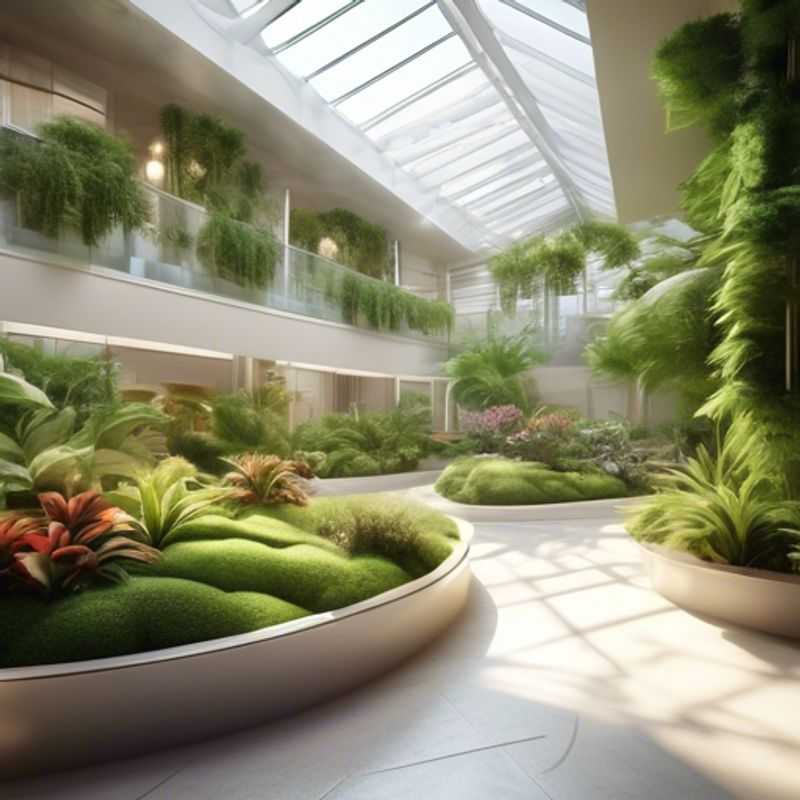
Sizing Up Your Smart Garden: Finding the Right Fit for Your Green Thumb
Determining the right size and capacity for your smart indoor garden system is crucial. Consider the following factors:
Space: Measure the available space where you want to place the system. This will limit the size and number of plants you can grow. If you have limited space, look for compact systems or consider vertical gardening.
Plant Requirements: Research the growing needs of the plants you want to cultivate. Different plants require varying amounts of light, water, and nutrients. Make sure your chosen system can accommodate those requirements.
Growth Capacity: Consider how many plants you want to grow at once. Smart indoor garden systems often have specific capacities, so choose one that aligns with your desired yield. You might need to invest in multiple units if you aim to cultivate a large variety of plants.
Budget: Smart indoor garden systems vary in price. Consider your budget when making a decision. Larger systems with more features can be more expensive. The cost of electricity should also be considered when factoring in long-term costs. You might need to research electricity consumption per system.
Maintenance: Consider how much time you are willing to dedicate to maintaining the system. Some systems require more frequent attention than others, especially for tasks like watering and adding nutrients. Be aware of the time commitment before making a purchase.
To research the size and capacity of smart indoor garden systems, start with online resources like manufacturers' websites, product reviews, and gardening forums. You can also visit local garden centers or hardware stores to see systems in person and get expert advice.
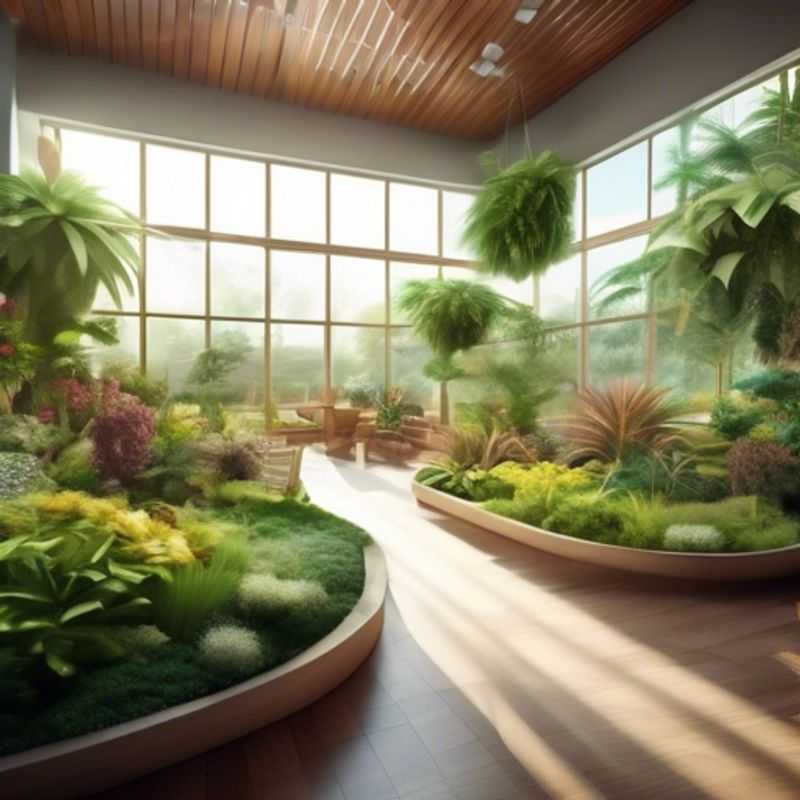
Illuminating Your Project: A Guide to Choosing the Right Lighting System
Adequate lighting is crucial for safety, productivity, and visual comfort in any environment. When designing or implementing a lighting system, it's essential to carefully consider the specific needs of the space. This includes factors like the type of activity being conducted, the size and shape of the area, and the desired ambiance. Properly illuminating a space can significantly enhance its functionality and aesthetics.
To ensure the system provides adequate illumination, there are several factors to consider. First, determine the appropriate lighting levels for the intended use. This will vary depending on the task being performed. For example, a reading room requires higher illuminance than a hallway. Secondly, choose the right type of light fixtures. Different fixtures emit light in different ways, impacting the overall distribution and direction of illumination. Consider factors like glare, shadows, and color rendering when making your selection.
It's also important to factor in energy efficiency when designing your lighting system. LED lighting, for instance, offers significant energy savings compared to traditional incandescent bulbs. Additionally, utilizing dimming controls can allow you to adjust the brightness level based on the time of day or the specific activity taking place. This helps conserve energy and create a more comfortable lighting environment.
Remember that proper lighting can have a significant impact on the overall functionality and ambiance of a space. By carefully considering the lighting needs and ensuring the system provides adequate illumination, you can create a safe, productive, and visually appealing environment.
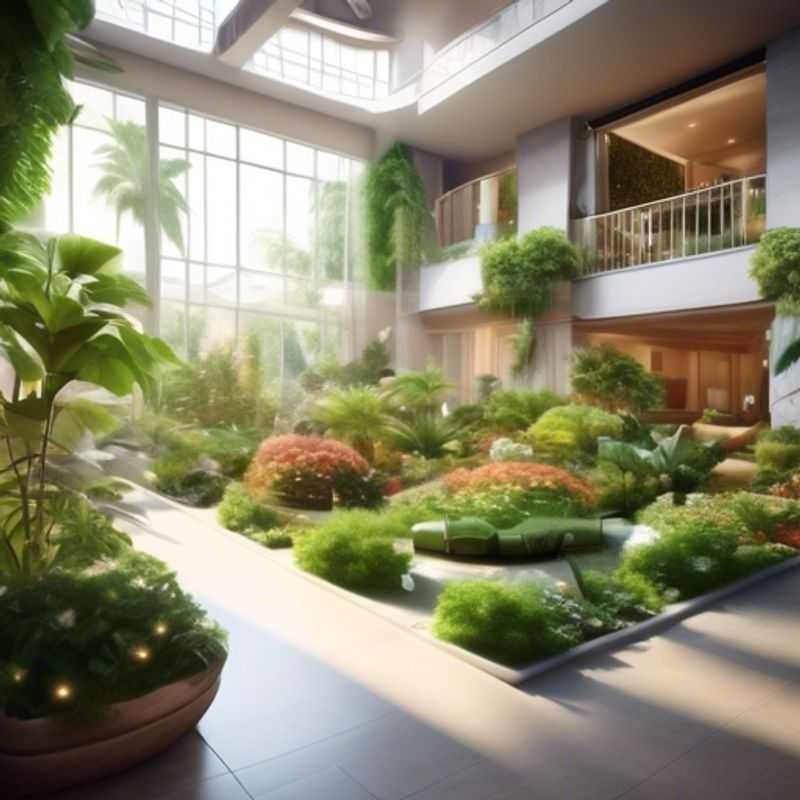
Watering Your Garden: Reservoir Capacity and Automated Features
Understanding your water reservoir capacity is vital for maintaining your plant's health. A larger reservoir means less frequent watering, which is convenient for busy schedules. However, larger reservoirs might require more frequent cleaning to prevent bacteria growth.
Automated watering systems offer convenience and efficiency. They can deliver water based on pre-programmed schedules or sensor-based triggers like soil moisture levels. These systems can also conserve water by preventing overwatering. However, consider the initial investment cost and maintenance requirements before opting for an automated system.
When choosing a watering system, factor in your lifestyle and budget. A manual system might be sufficient for occasional watering, while an automated system might be preferable for frequent or complex watering schedules. Always consider the type of plants you have and their specific watering needs when deciding on a system.
Remember, knowing your water reservoir capacity and understanding the benefits and drawbacks of automated watering features can significantly improve your plant care routine.
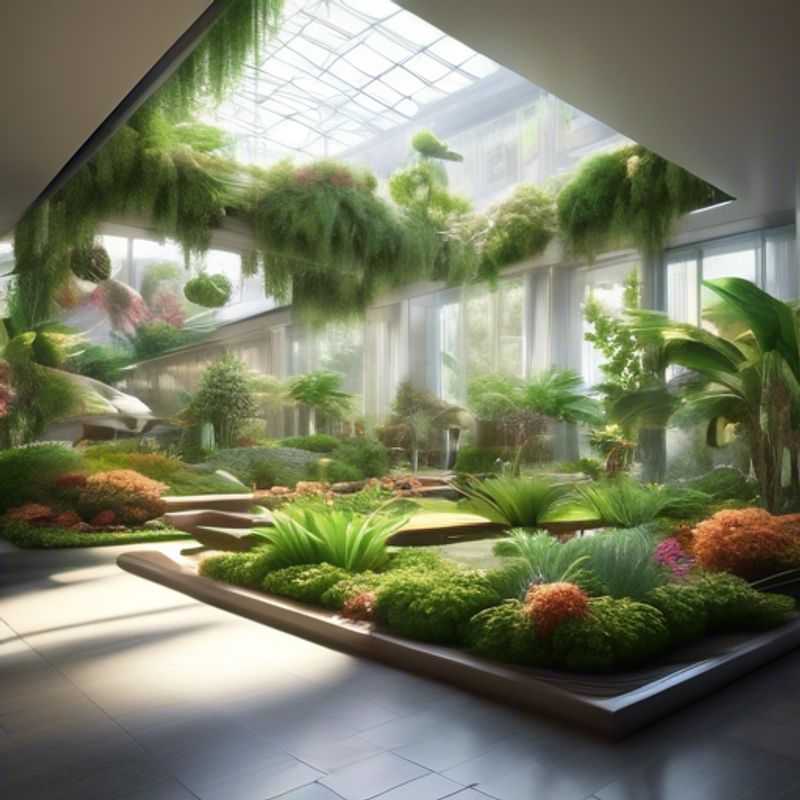
Smart Gardening: Connecting Your Green Oasis to the Digital World
Want to control your garden from anywhere? Smart connectivity is the key! Imagine adjusting your watering schedule, monitoring your plants' health, and even controlling your garden lights, all from your phone. It's a modern gardener's dream, and it's closer than you think.
Smart Irrigation Systems: These systems use sensors to measure soil moisture and automatically adjust watering schedules. They can save you water and time, and some even offer remote control via a smartphone app. Expect to pay between $100 and $500 for a basic system.
Smart Garden Monitoring: Smart cameras and sensors can keep an eye on your garden, notifying you of potential issues like pests, diseases, or even intruders. Some systems even provide detailed plant health analysis, helping you optimize your care. Prices vary based on features and coverage area, ranging from $50 to $500.
Smart Garden Lighting: Smart lighting systems allow you to control your garden lights remotely. You can set timers, adjust brightness, and even use different color settings for specific plant needs. These systems typically range from $50 to $200 per set of lights.
Important Note: While the technology is exciting, always consider your specific needs and budget before investing in a smart garden system. Be sure to research compatible devices and apps, as well as the potential cost of ongoing subscriptions or data plans.
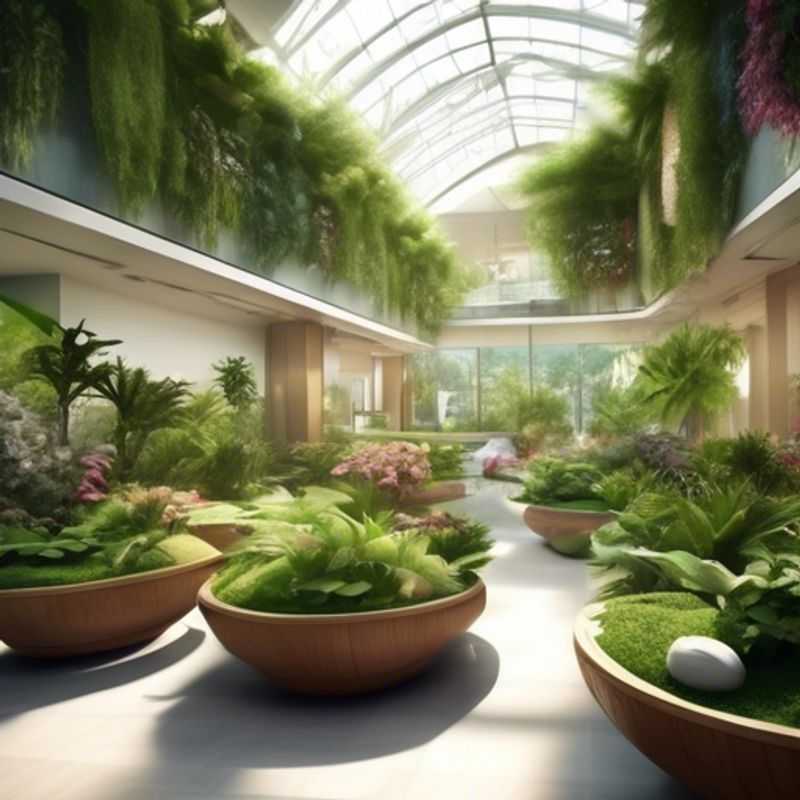
Keeping it Clean: Evaluating Maintenance Ease in Your System
Evaluating the ease of maintenance, specifically cleaning and refilling, is crucial for any system. Think of it as a regular checkup for your machine, ensuring it runs smoothly and efficiently. This involves assessing the system's design, materials, and accessibility.
Consider the following when evaluating maintenance ease:
Accessibility: Can you easily access all components requiring cleaning or refilling? Are there any obstructions or tight spaces?
Cleaning: How easy is it to clean the system? Are the materials resistant to dirt and grime? Are there any specific cleaning procedures required?
Refilling: Is the refilling process straightforward? Are there any special tools or procedures required? Are there any potential safety concerns?
Maintenance Costs: Consider the cost of cleaning supplies, replacement parts, and any professional maintenance services required. This will help you determine the overall cost of ownership for the system.
By considering these factors, you can ensure that the system is easy to maintain and will provide reliable performance over its lifetime.
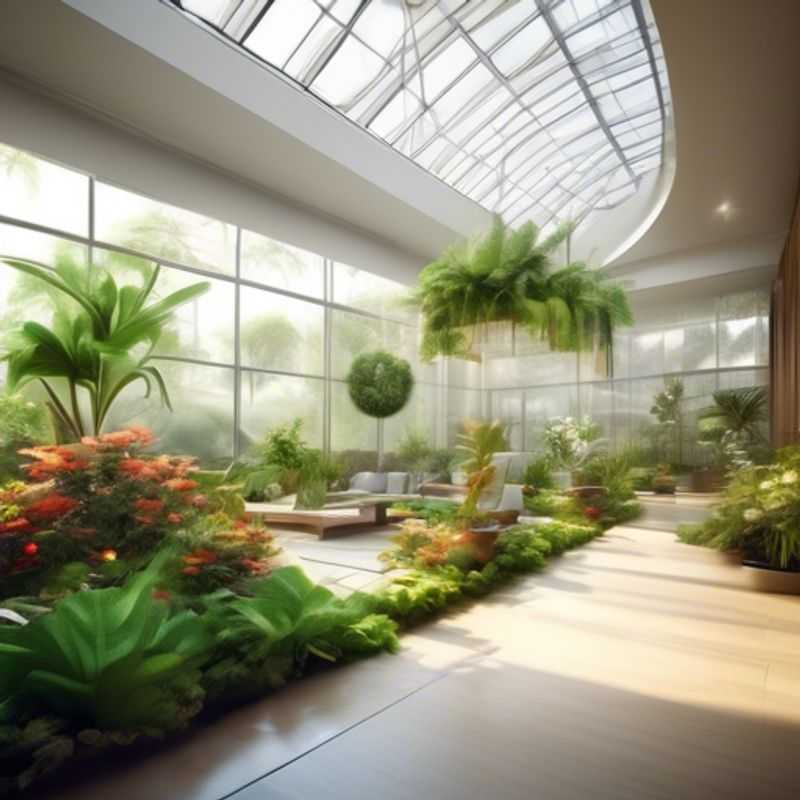
Smart Garden Growing Pains? Checking Warranty & Support Before You Buy
Before you buy a smart indoor garden, it's crucial to check the warranty and customer support options. A good warranty will protect your investment if something goes wrong, and reliable customer support can help you troubleshoot issues and get the most out of your garden.
Most smart indoor gardens come with a 1-year warranty that covers manufacturing defects. Some companies may offer extended warranties for an additional fee. It's important to read the warranty document carefully to understand what's covered and what's not. For example, some warranties may exclude damage caused by misuse or accidents.
When assessing customer support, consider the availability of resources, such as online FAQs, tutorials, and community forums. Look for companies that offer phone, email, or live chat support. A responsive customer support team can be invaluable if you encounter any problems with your smart garden.
Don't hesitate to contact the company's customer support before you purchase. Ask about their response time, the types of issues they typically handle, and their process for addressing complaints. This can give you a good idea of their commitment to customer satisfaction.
Remember, a good warranty and responsive customer support are essential for peace of mind when buying a smart indoor garden. Investing a little time in researching these aspects can save you headaches and money in the long run.
